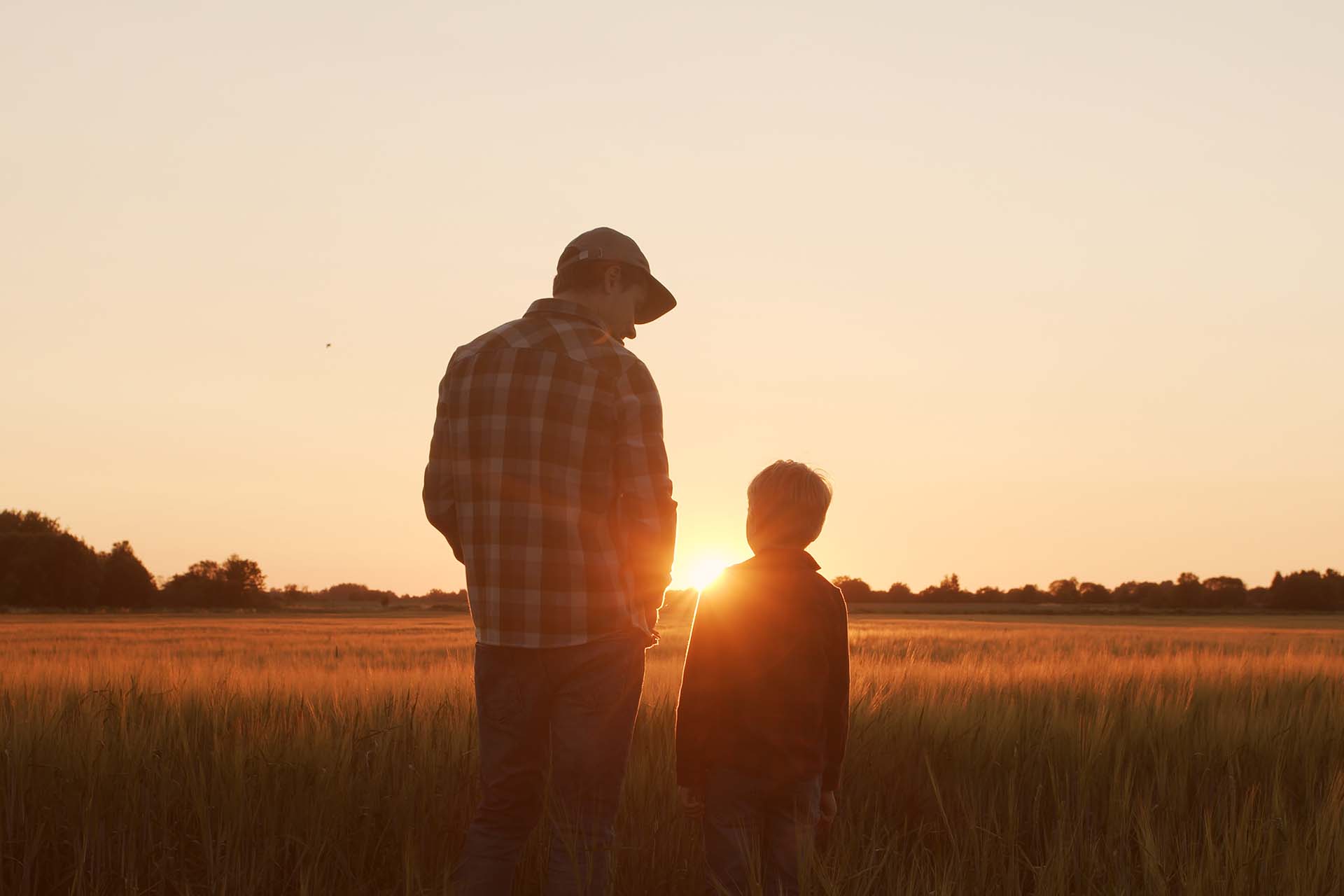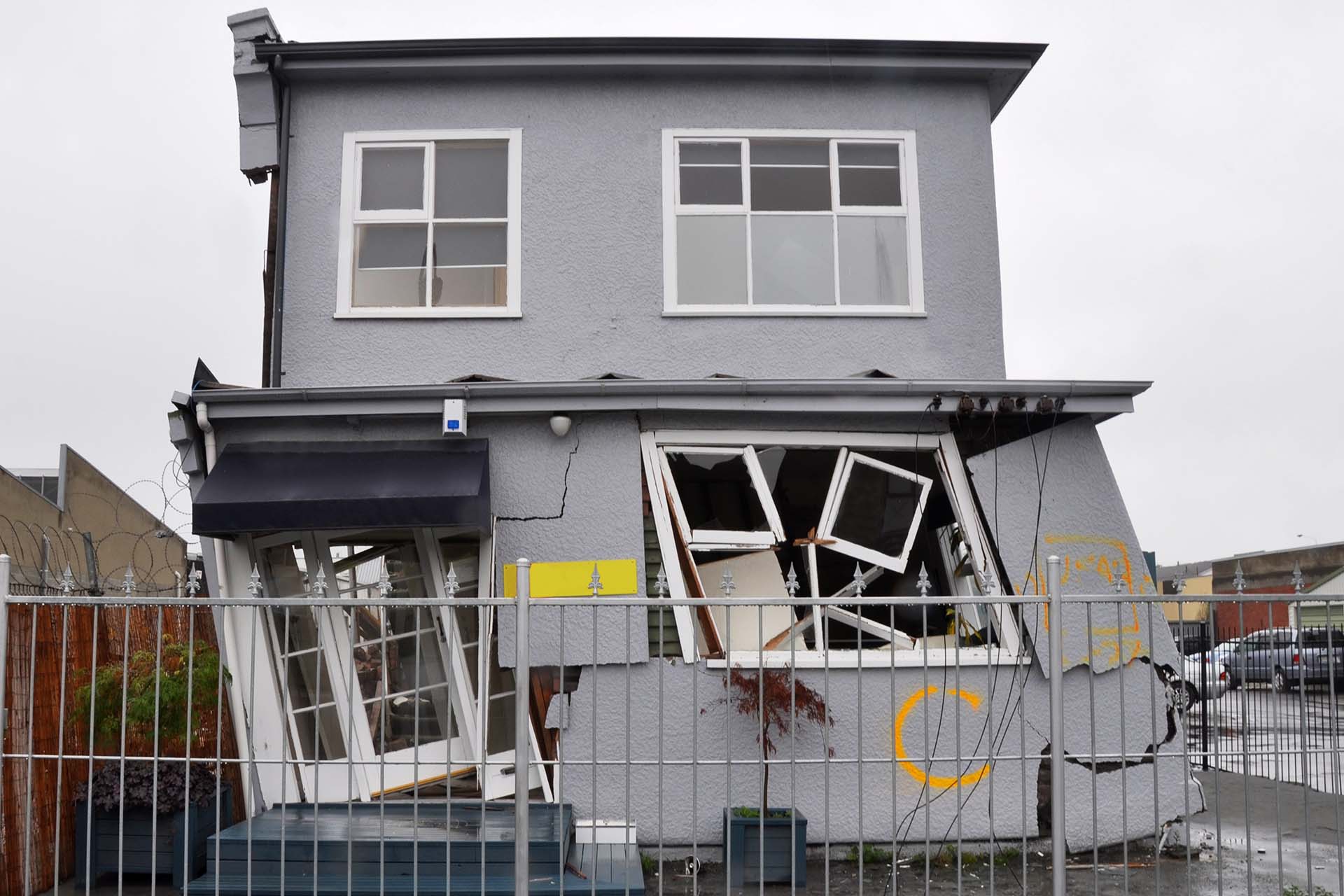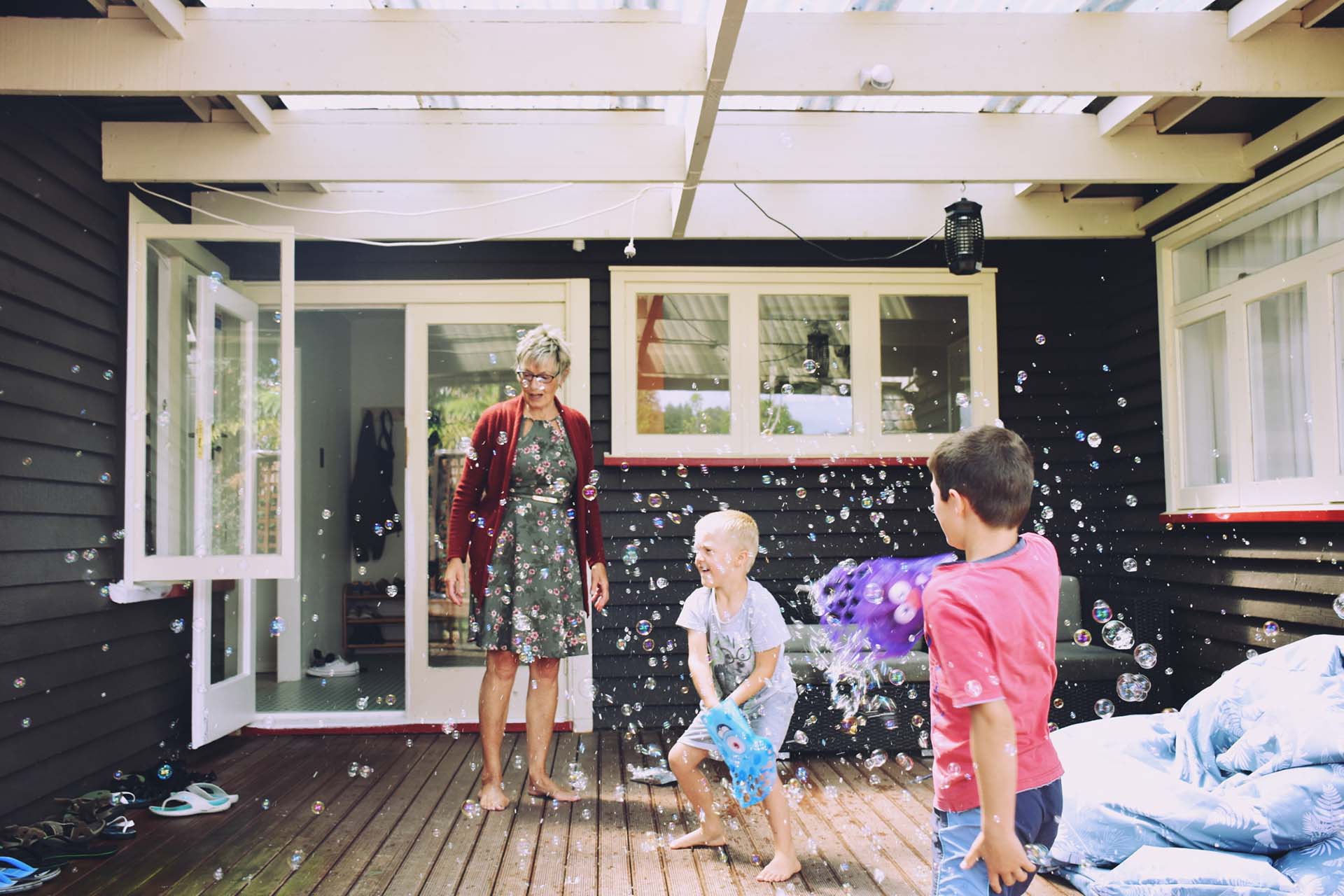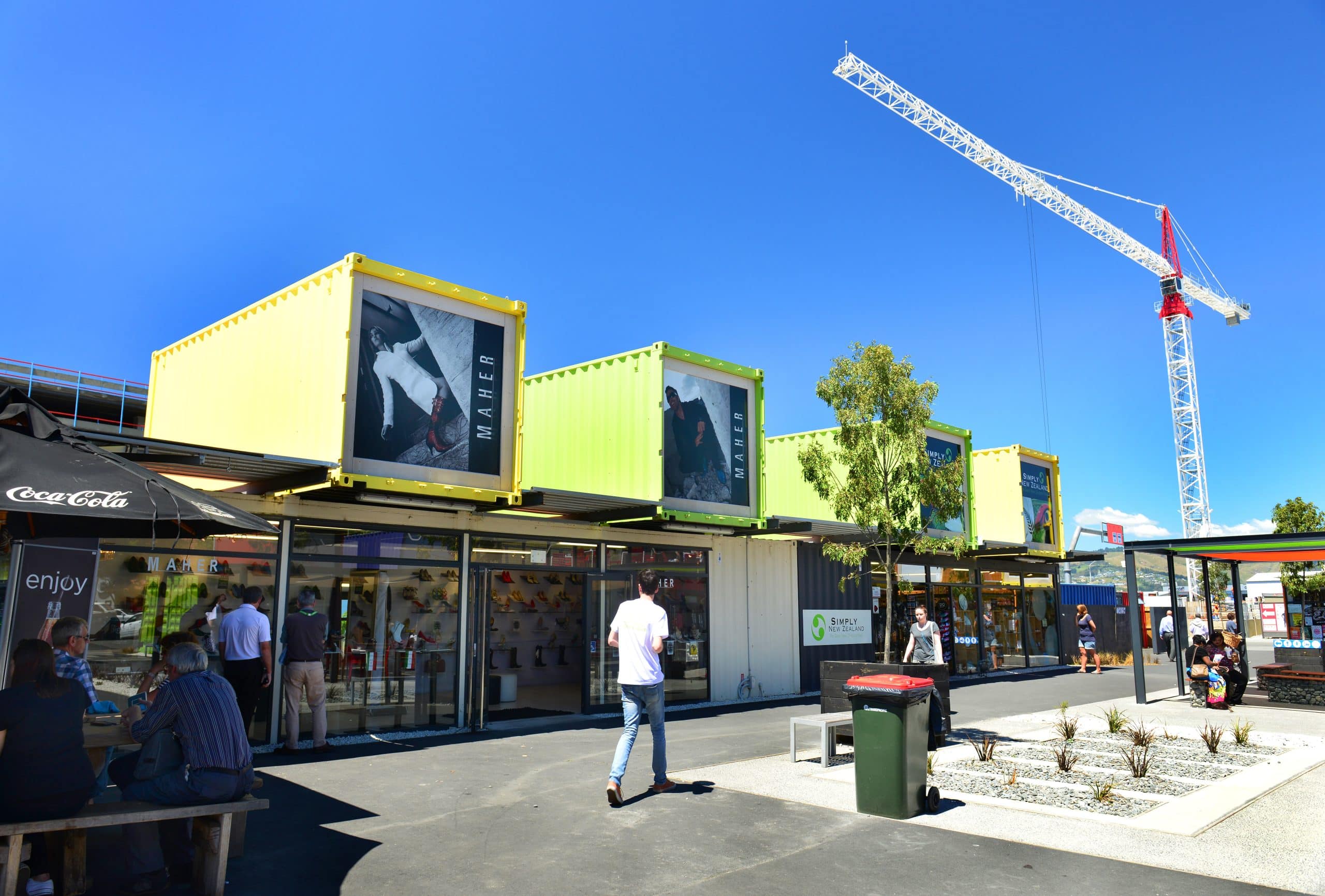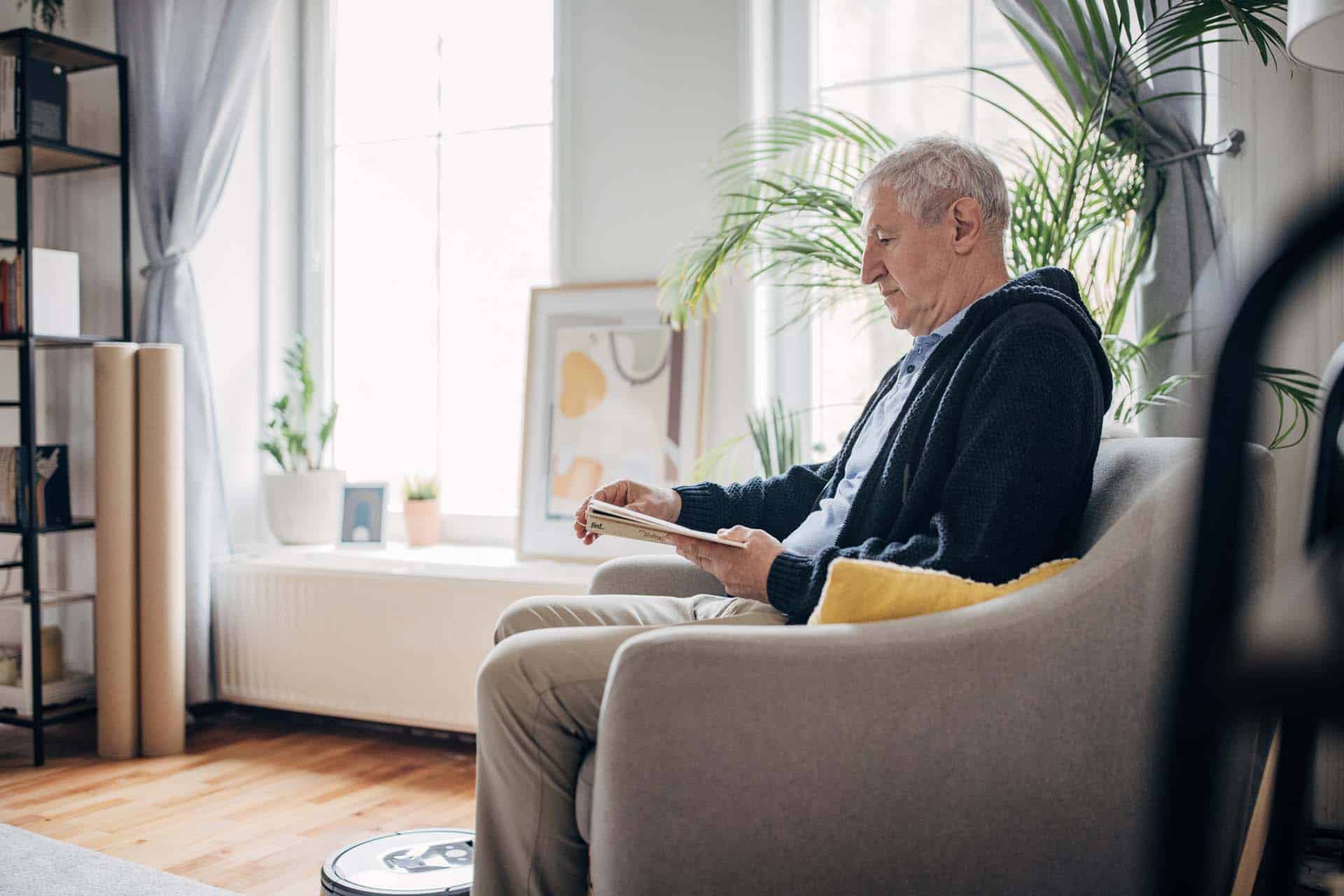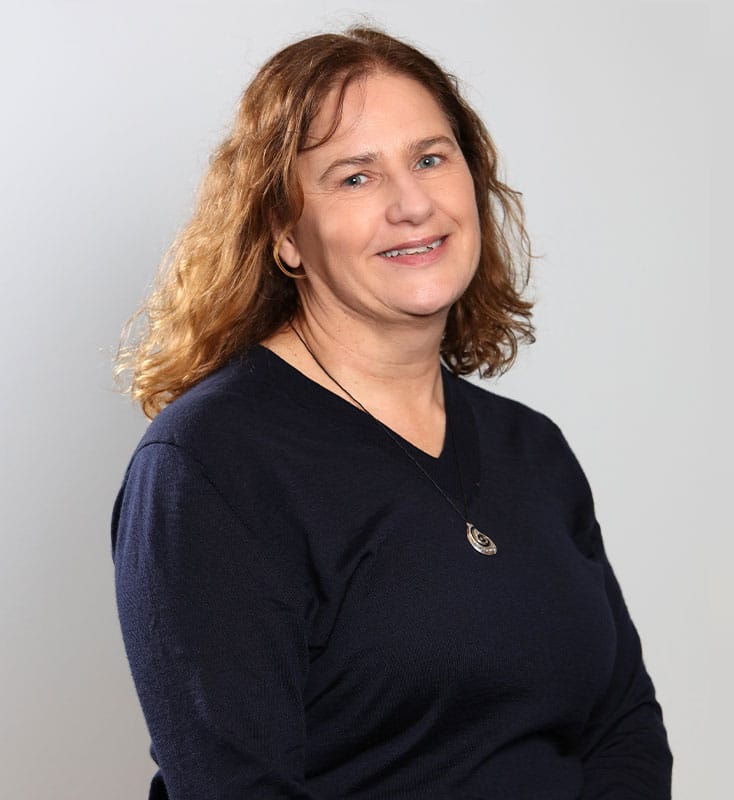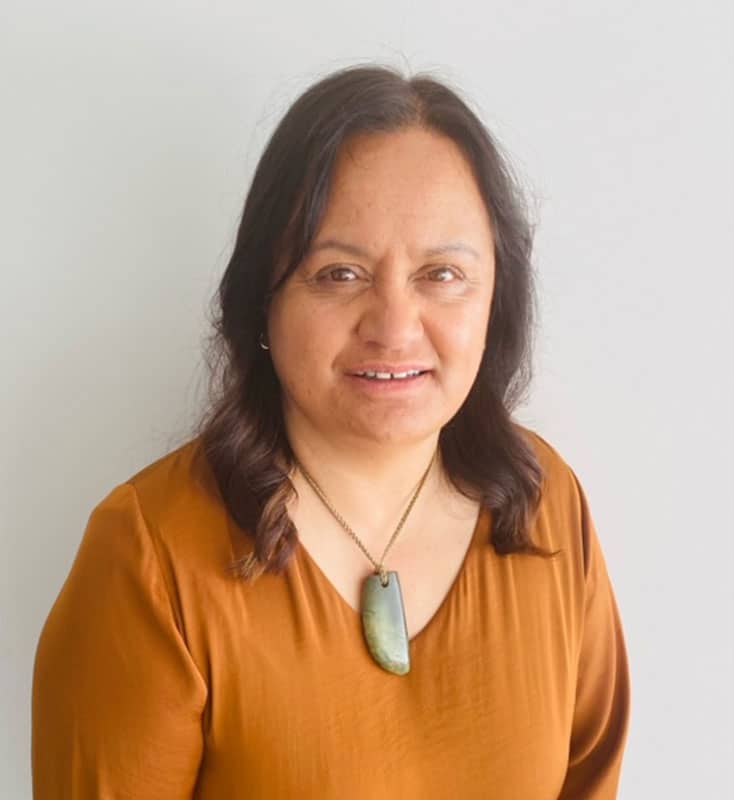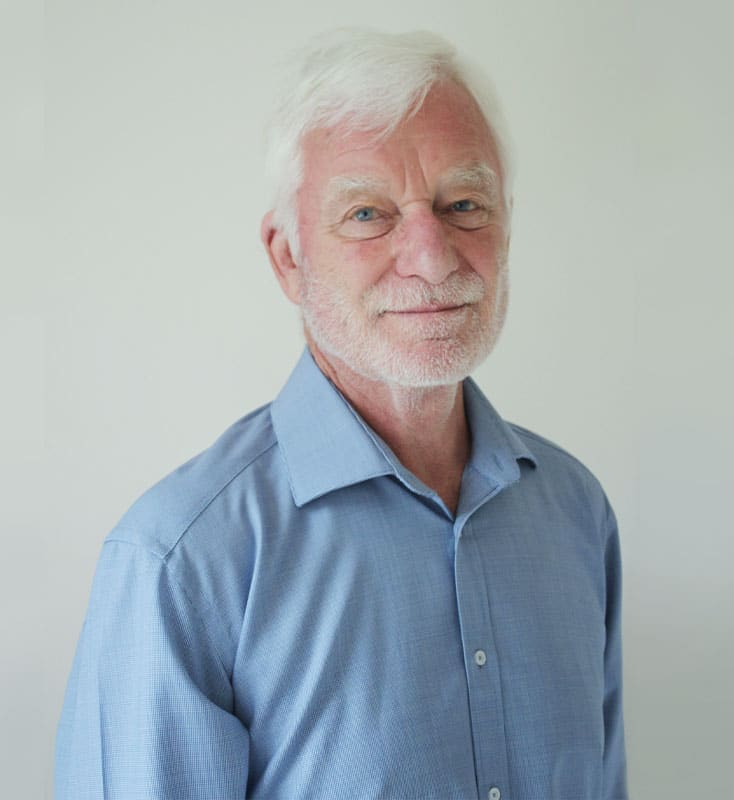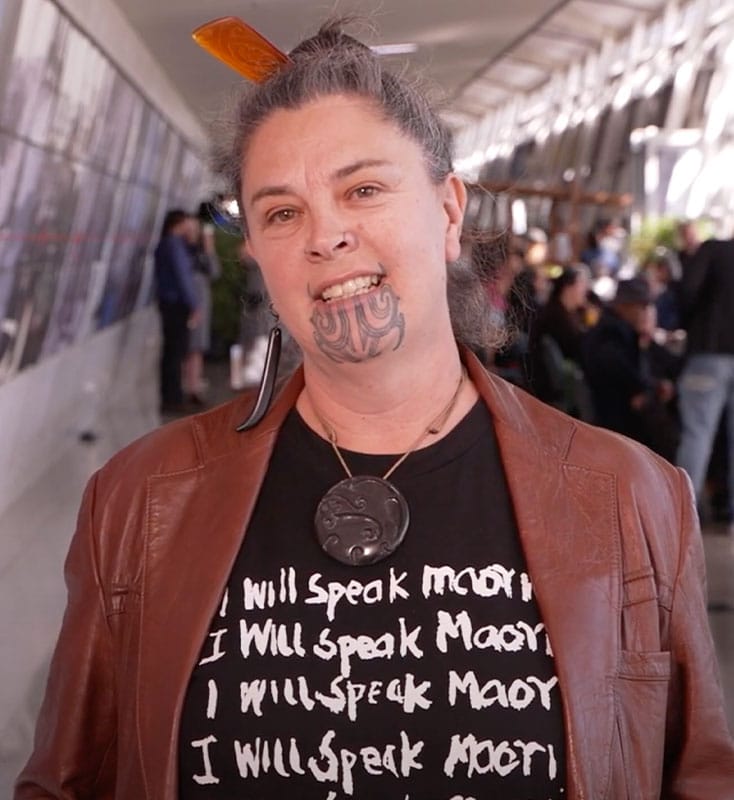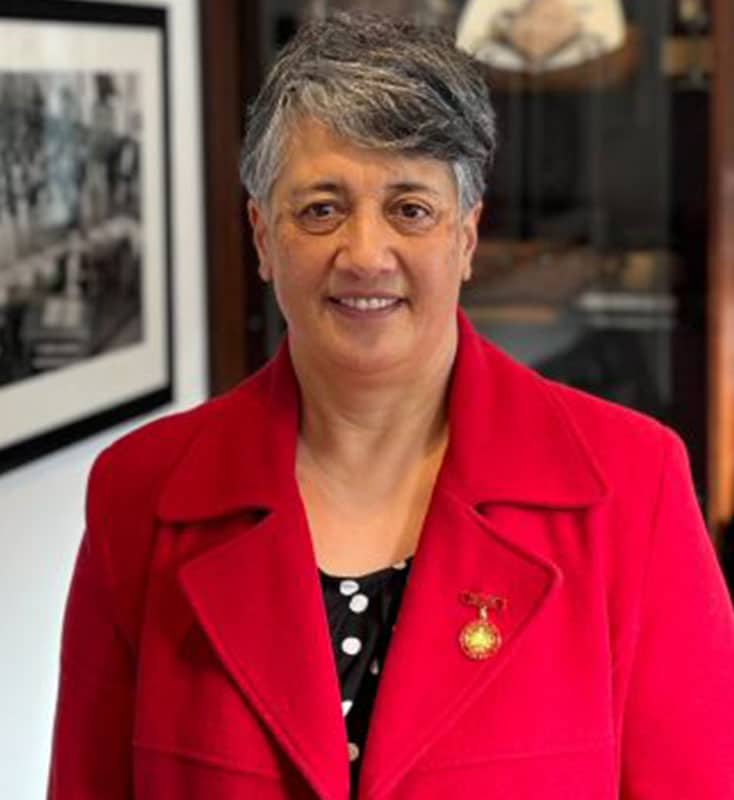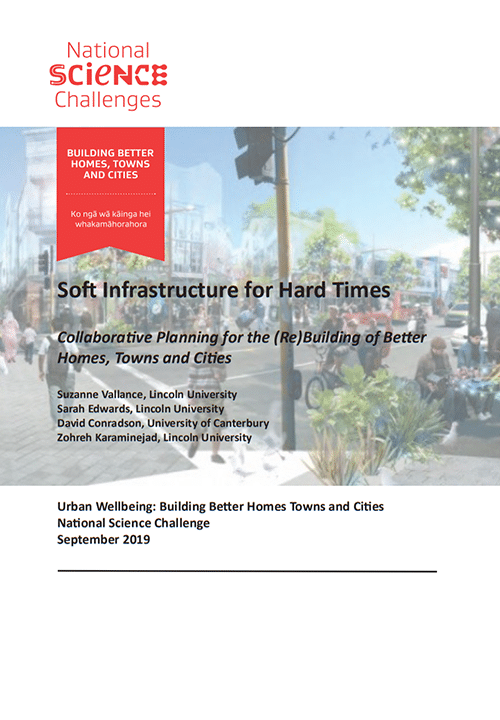
Suzanne Vallance; Sarah Edwards; David Conradson; Zohreh Karaminejad
September 2019
Read Publication
In this report, the researchers present seven case studies looking at various initiatives for rebuilding after the Canterbury earthquake sequence of 2020-2021.
They range from community-led projects through to more hybrid approaches, to state-led examples. Though many of the organisations involved were active before the earthquakes, their activities, purpose or way of operating typically changed considerably as a result of the disaster. The prolonged earthquake sequence both enabled and required a departure from business-as-usual approaches and this involved working differently with others. The case studies highlight various ways in which planning collaboratively can promote positive impacts, independent of the plan’s outputs (such as residential rezoning and houses, a river ratings district) and outcomes (housing affordability, flood mitigation). When the journey is seen as being as important as the destination, methods become secondary to the logic behind the choice of methods. The focus shifts to building enduring relationships, fostering diverse leaders, developing new skills and capabilities, and translation and navigation. In expanding our notion of what planning is, where it happens, and who does it, we suggest more attention be given to values, particularly in their role as a compass for navigating the new terrain of decision-making.



